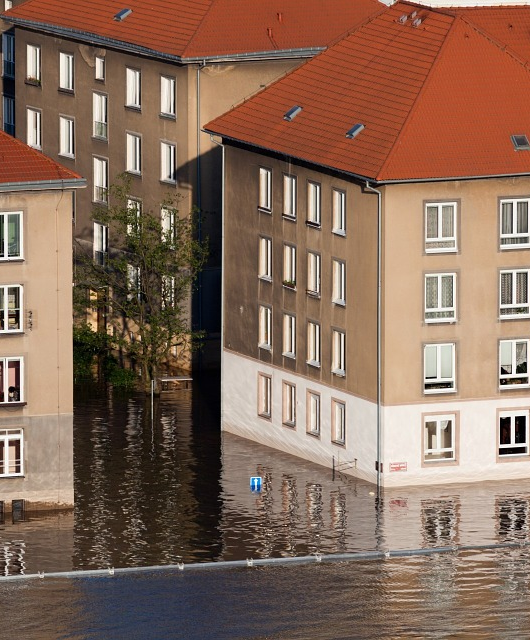How Does Drywalling Work and What Are its Benefits?
 Installing sheet rock, or drywall, is a very common thing in homes. Drywall comes in many different shapes and forms, and it is important that you invest a bit of time in understanding this before you start installing. Ideally, you would get a professional such as Lloyd Claycomb in, but if you are set on a DIY job, then the following information may be of benefit to you.
Installing sheet rock, or drywall, is a very common thing in homes. Drywall comes in many different shapes and forms, and it is important that you invest a bit of time in understanding this before you start installing. Ideally, you would get a professional such as Lloyd Claycomb in, but if you are set on a DIY job, then the following information may be of benefit to you.
Preparation
It is best to install your drywall straight to your ceiling joists or wall studs, rather than over an old drywall. You should remove everything first, so you can also see whether there are any issues such as termites, mild, or leakage behind it. Check insulation, electrical and plumbing lines, and the condition of the studs Then, make sure that all screws and nails are removed from the studs.
Wall Installation
Measure the height and length of the wall that you want to cover, then make sure your drywall sheets are cut to size. Make sure you stagger the sheets, because this is actually key to good installation. Make sure, however, that you line it up to the studs properly. If there is a ‘cross pattern’ anywhere, then there will be a weak point, which could lead to crumbling.
Ceiling Installation
If you want to install your drywall on your ceiling, you have to be aware of the fact that it is harder than a wall installation. You will need someone to help you, therefore. Should you not have someone to help you, rent a drywall lift so that you spare your arms and shoulders a little bit. Alternatively, you can construct a ‘dead man’, which, in the drywall industry, is essentially a wooden construction that helps to hold up the end of the drywall sheet that you are not securing. Again, you need to install full sheets and stagger them. Without this, your ceiling will start to sag because gravity will pull down on it.
Plastering Your Drywall
Perforated drywall tape is perfect for wall joints. Standard drywall tape is better for where the wall and ceiling meets, and for corners. Make sure you have a plaster knife ready to tape each of the joints. Smooth out the bubbles as you embed the tape. Make sure it is thoroughly dried before you sand it down for smoothing. Next, take a wider plaster knife, and go over all the seams again with more plaster. Once dry, sand down, and repeat with an even larger knife. Three coats of plaster are generally recommended as a minimum.
From the above, you may get the idea that drywalling is very easy to do. The reality is that it is not. It is a job that can be done on a DIY basis if you are confident in what you are doing and have some DIY experience. If at all possible, you should only do it together with someone else who has an equal amount of experience. However, the best way to have a really good drywall that will last you for a long time, is by asking the professionals to do it.









